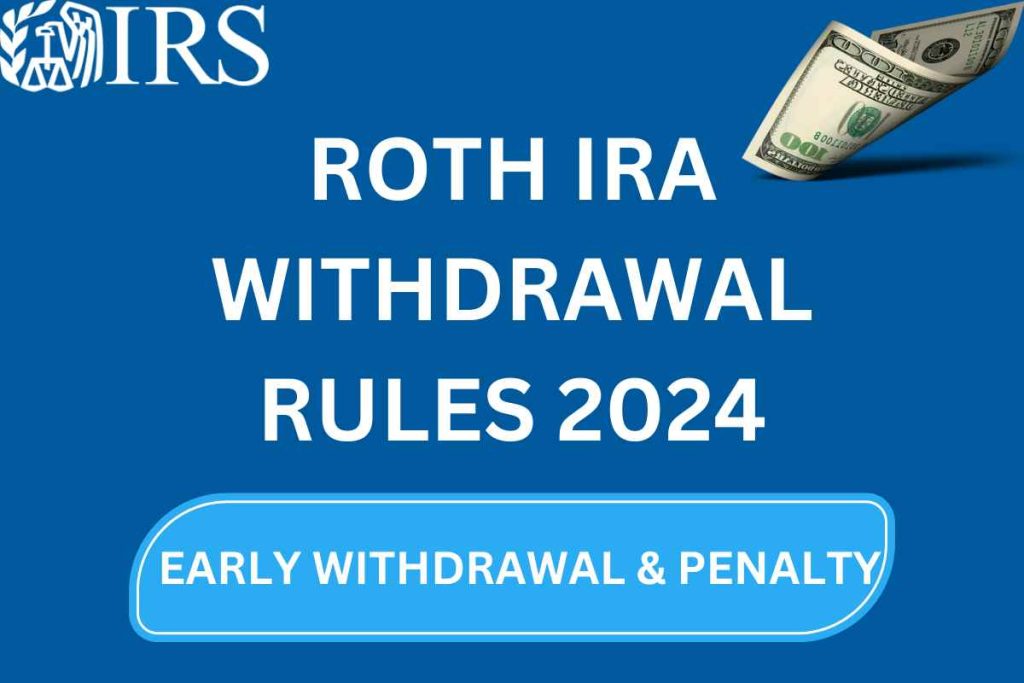When it comes to retirement planning, Roth Individual Retirement Accounts (IRAs) provide a special blend of flexible withdrawal options and tax efficiency that can greatly increase retirement savings. This comprehensive guide examines the workings of Roth IRAs, including their tax benefits, contribution and withdrawal policies, and methods for optimizing these advantages in order to ensure a stable retirement.

Tax Advantages of Roth IRAs
Roth IRAs are distinguished by their specific tax advantages:
- After-Tax Contributions: Unlike traditional IRAs, contributions to a Roth IRA are made with after-tax dollars. This means the money is taxed before it enters the account but grows tax-free thereafter.
- Tax-Free Growth: The investments within a Roth IRA accumulate earnings without the burden of taxes, which can compound over time to significantly increase the total value of the account.
- Tax-Free Withdrawals: In retirement, withdrawals from a Roth IRA are tax-free, provided certain conditions are met. This feature can provide substantial tax savings compared to traditional retirement accounts, where withdrawals are taxed as income.
Flexibility of Contributions
The flexibility of Roth IRA contributions is another benefit:
- No Upfront Tax Deduction: Contributions to Roth IRAs do not qualify for upfront tax deductions, which distinguishes them from traditional IRAs where contributions may reduce taxable income.
- Withdrawal of Contributions: Roth IRA allows the withdrawal of contributions at any time without taxes or penalties, offering liquidity that is not typically available with other retirement accounts.
Contribution Limits and Conditions
For 2024, the IRS has set specific limits and conditions for Roth IRA contributions:
- Standard Contribution Limit: The maximum annual contribution for individuals under 50 is $7,000, a $500 increase from the previous year.
- Catch-Up Contribution: Individuals aged 50 and older can make an additional catch-up contribution of $1,000, bringing their total allowable contribution to $8,000.
Income Phase-Out Ranges
Eligibility to contribute to a Roth IRA is contingent on income levels, with phase-outs beginning at higher income brackets:
- Single Filers and Head of Household: For 2024, the phase-out range is $146,000 to $161,000.
- Married Filing Jointly: The phase-out range for couples is $230,000 to $240,000.
- Married Filing Separately: Those married but filing separately see a phase-out range from $0 to $10,000.
These income restrictions are designed to target the tax advantages of Roth IRAs to middle and lower-income earners.
Comprehensive Withdrawal Rules
General Rules for Withdrawals
Roth IRAs have specific rules that govern how and when withdrawals can be made:
- Contributions: They can be withdrawn anytime without tax or penalty, which provides significant flexibility.
- Earnings: To withdraw earnings tax-free, the account holder must be at least 59½ years old and have held the account for a minimum of five years.
Special Circumstances for Early Withdrawal
Roth IRAs provide exceptions that allow for early withdrawal of earnings under certain conditions without penalties:
- First-Time Homebuyer: Up to $10,000 can be used tax-free towards the purchase, construction, or rebuilding of a first home, provided the Roth IRA has been open for five years.
- Educational Expenses: Withdrawals can also be used to pay for qualified higher education expenses, including tuition, fees, books, and room and board, if the student is enrolled at least half-time.
Frequently Asked Questions (FAQs)
What makes Roth IRAs unique compared to other retirement accounts?
Roth IRAs are special because, unlike standard IRAs and 401(k)s, where distributions are taxed as income, their after-tax contribution structure permits tax-free growth and withdrawal.
How does the five-year rule affect withdrawals?
According to the five-year rule, before earnings are available for tax-free withdrawal, the Roth IRA must remain open for at least five calendar years, beginning on January 1 of the year the first contribution was made.
Are there any penalties for early withdrawal from a Roth IRA?
There are never any consequences for withdrawing a contribution. If, on the other hand, early withdrawal of earnings is not eligible for an exception for example, first-time house purchase or educational expenses a 10% penalty may be imposed.
How can I maximize the benefits of my Roth IRA?
To maximize the benefits:
- Contribute the maximum allowable amount annually.
- Start contributing early to leverage the power of compound interest.
- Plan withdrawals carefully to avoid penalties and preserve the tax-free status of earnings.
With their special tax advantages and flexible withdrawal options that may be adjusted to meet changing financial demands over the course of a person’s lifetime, Roth IRAs are an effective instrument for retirement savings. Through careful planning and knowledge of Roth IRAs, people can greatly improve their retirement financial security. Always think about consulting a financial expert to customize your Roth IRA plan to your unique financial situation and objectives, guaranteeing a strong plan that optimizes your retirement savings.
Read Also – Personal Tax Allowance: How Much is Personal Tax Allowance UK?



